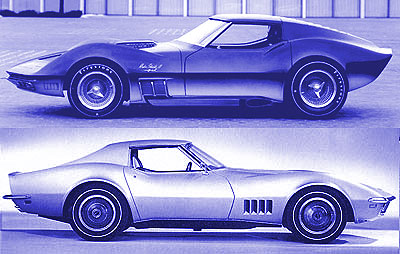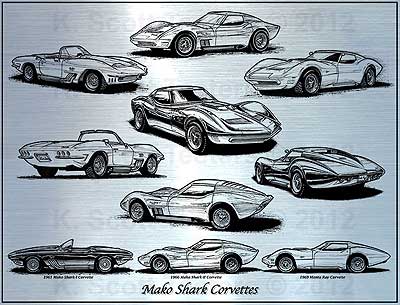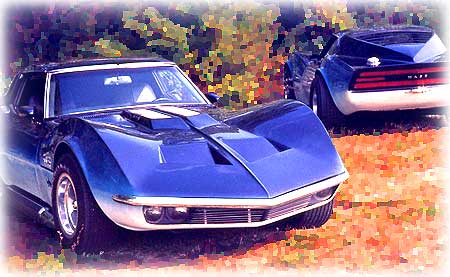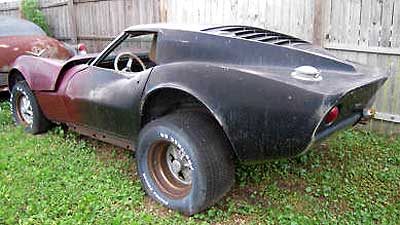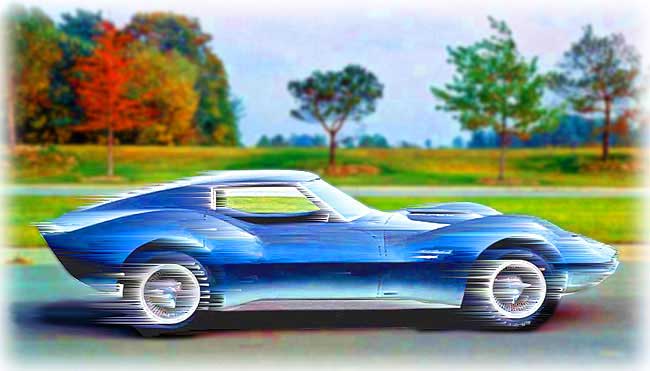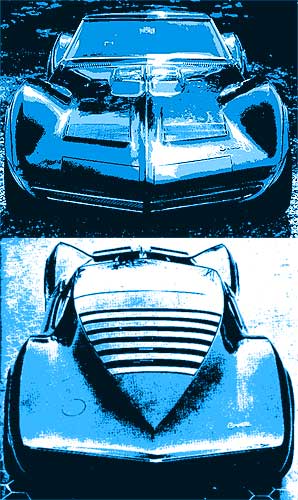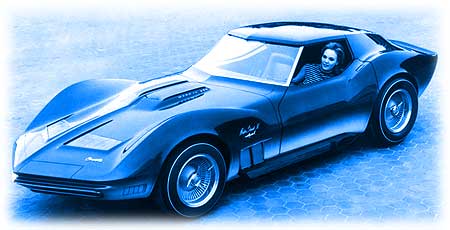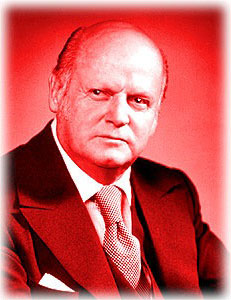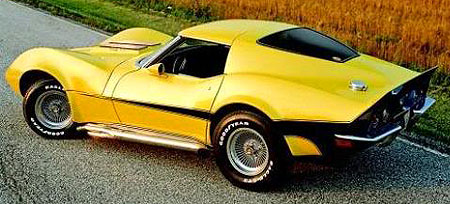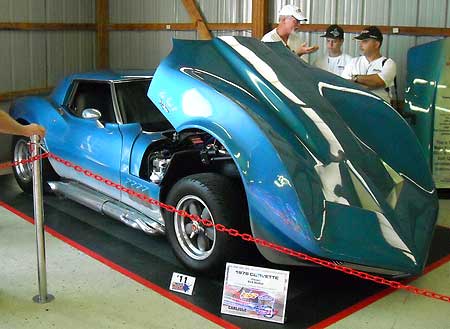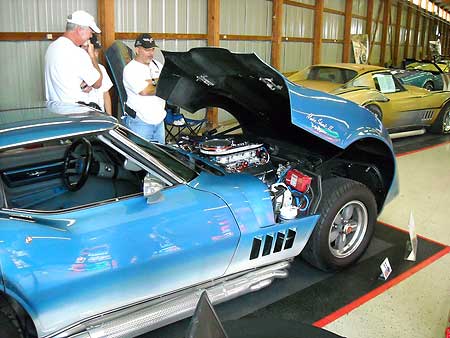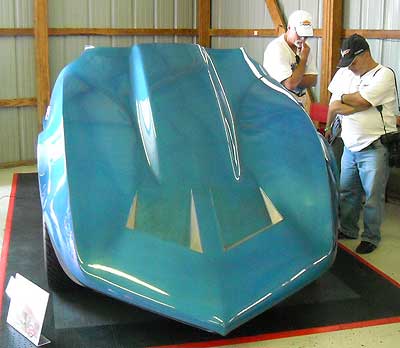Larry Shinoda: Genius Designer/Stylist and Self-Confessed Malcontent
Larry Shinoda was the perfect designer/stylist for GM VP of Styling Bill Mitchell. In the same way that Mitchell fit with Harley Earl, Shinoda clearly understood what Mitchell wanted. As VP of Design, Mitchell’s job was to hold the vision for what he knew would be new and fresh, then lead his designers and stylists to bring his vision into reality. Corvettes were always Mitchell’s pet projects and he was famous for saying, “Don’t get cocky, kid! I design Corvettes around here!” Mitchell’s Corvettes were about design, speed, power, and performance. And for that, he needed a designer/stylist equal to Duntov’s engineering/racing prowess. Larry Shinoda was his man.
Shinoda was a self-confessed malcontent, and proud of it. As a kid, Larry was always drawing cars with pencil stubs he found. At the age of eight, he did a large color painting that years later hung in the Los Angeles Museum of Art. Just after his father died when he was 12-years-old, Larry and his family were swept up and sent to a Japanese internment camp. No doubt that this helped form his surly persona. While in the camp, Larry designed and built a reclining chair for his grandmother from wooden crates. After two years of internment, Larry and his family relocated to Grand Junction, Colorado to help with the family nursery business. But rural life wasn’t for Larry and he quickly relocated back to Los Angeles to finish school.
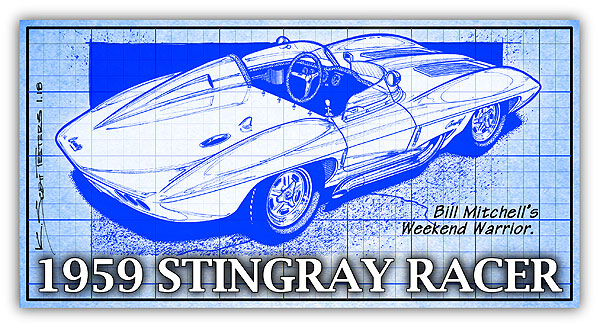
Late 1940s California was the birthplace of the hot rod car culture and Larry was all-in! He built hot rod Ford coupes and roadsters called “Chopsticks Special” that he street raced, drag raced, and speed raced on the dry lakebeds of California’s Mojave Desert. When he wasn’t racing, Shinoda worked at the Weiland Company to put himself through two years at Pasadena City College. After college Larry had a two year stint with the Air National Guard and spent 16-months in Korea.
Shinoda knew that if he was ever to be a designer, he’d have to go to the Art Center of Design in LA. What seemed like a great idea quickly went sour, and Larry was kicked out! Shinoda only wanted to design cars, and saw no value in watercolor and life drawing classes. One of Larry’s former instructors called him when a rep for Ford was interviewing for designer positions.
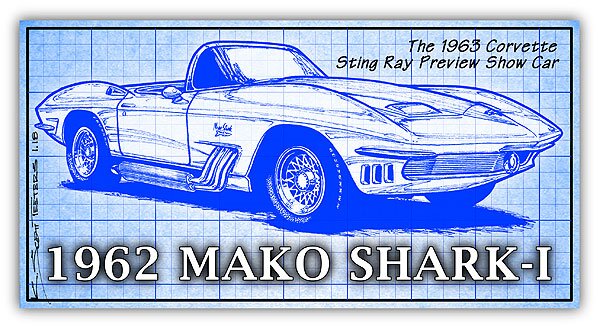
Shinoda put together his portfolio and showed up for the interview in his attitudinal car-guy gear; peg-let jeans, and a loud Hawaiian shirt over a Howard Cams t-shirt. The Ford rep was so impressed with his work that Larry was offered a higher-than-normal salary, plus Ford paid to transport his hot rod to Michigan! But before going to Ford, in 1953 Shinoda set the SGTA Bonneville Nations D-Class Speed Record with a two-way average speed of 166-mph in his Chrysler-powered roadster. Then in 1954 Larry won the Fuel Roadster class at the first NHRA Nationals in Great bend, Kansas. Yes, gasoline was in his veins.
Shinoda spent a year with Ford learning the ropes of a big corporation and picking up a lot from fellow designers. Not contented with Ford, Shinoda jumped over to Packard where he befriended John Z. DeLorean. Earlier that same year, Larry was part of the John Zink crew that raced and won the 1956 Indy 500. Naturally, Shinoda designed the body and the car’s paint scheme. Shinoda and DeLorean quickly realized that Packard was a sinking and jumped to GM.
Hired as a senior designer by Harley Earl in late 1956, life inside GM was uninspiring. After his short orientation, Shinoda was transferred to the Chevrolet group where his unique flat rear fin design was incorporated into the 1959 Bel Air. Larry even showed how to manufacture the unique shape by welding the upper and lower parts of the shape and covering the weld with chrome trim. Larry then had a brief stint in the Pontiac design group and worked on the Wide Track Pontiacs and the 1960-1961 Tempests. To counter the doldrums in the Buick and Cadillac groups, Larry rendered the big cars with racing numbers, stripes, and mags. His bosses were not amused!
Sometimes providence has to bring the right people together. One day on the way home from work, Shinoda pulled up to a stoplight next to a supercharged 1958 Pontiac with VP of GM Design, Bill Mitchell behind the wheel. Larry let Bill get ahead of him, then totally smoked the VP! A few days later when Mitchell was in the Chevrolet studio, he asked who owned a white 1956 Ford. The studio boss said, “Hey Larry, don’t you have a white ’56 Ford?” Shinoda confirmed that indeed, he was the guy that dusted off Mitchell. Bill asked Larry to bring his car into the garage so he could check out the designer’s machine. When Mitchell looked under the hood, he nearly had a heart attack! The engine was a Bill Stropp race-prepared 352 with dual quads, headers, NASCAR shocks and a full roll cage. It was essentially a racecar! That was IT! Mitchell had found his go-to design/styling man.
Mitchell’s Studio X was the perfect place for Shinoda and it was there that he did all of the Corvette work he’s loved and admired for. Larry’s first project for Mitchell was to take Peter Brock’s 1957 Q-Corvette design and translate it to fit the mule chassis of the 1957 Corvette SS Racer. The result was the 1959 Stingray Racer. Mitchell erroneously thought the shape would act like an inverted airfoil and push the car down. The front-end lift was terrible and was unfortunately inherited by the C2 Sting Ray. Before the C2 Sting Ray project, since Shinoda had already designed the body of a winning Indy 500 car, he was tasked to create the body for Duntov’s Indy car-like CERV-I R&D vehicle.
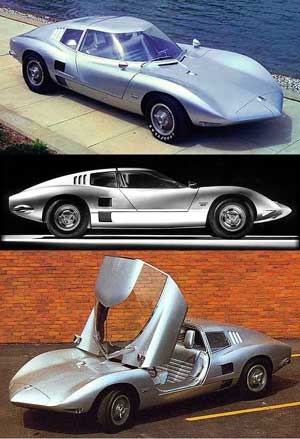
Not only did Mitchell’s Stingray Racer win a championship, it was such a hit with the crowds, the design had to be the next Corvette, and Larry Shinoda was the man for the job. Translating a sketch into a racecar body is one thing; making the shape into a real automobile is a whole other thing. The only carryover parts were the engine and transmission, everything else had to be designed and styled. Although the Sting Ray was Mitchell’s vision, Shinoda and his team worked out the visual details.
Shinoda was the perfect man for the time. Design studios all over Detroit were white-hot with secret advanced design projects and a steady flow of concept cars. The following cars all have “Larry Shinoda” baked into their DNA, and they all still look good today; 1959 Stingray Racer, 1960 CERV-I, 1962 Corvair Super Spyder, 1962 Monza GT, 1962 Monza SS, 1962 Mako Shark-I, 1963-1967 Sting Ray, 1964 GS-2b, 1964 CERV-II, 1964 Rear-Engine XP-819, 1965-Mako Shark-II, 1966 Mako Shark-II, 1965-1966 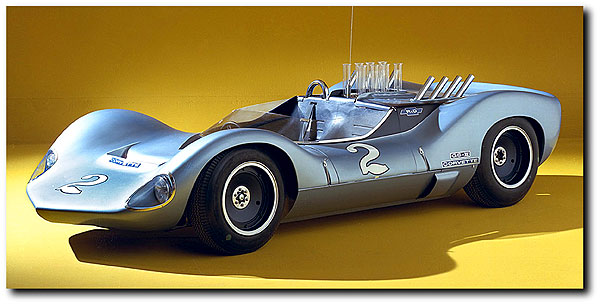 and 2D, 1967 Astro-I, and the 1968-Astro-II.
and 2D, 1967 Astro-I, and the 1968-Astro-II.
Larry Shinoda was well rewarded for his contributions. Just before the Mako Shark-II project, Larry was promoted to Chief Designer for Special Vehicles, where he coordinated efforts with Frank Winchell’s Chevy R&D group and Vince Piggins Performance Group. But by 1968, the self-confessed malcontent left GM to work with his friend Semon “Bunkie” Kundsen, the new president of FoMoCo. Larry’s new position at Ford was Executive of All High-Performance and Show Vehicles. Shinoda was responsible for the Boss 302 and 429, the Torino Talladega, Cougar Eliminator, the King Cobra, the Torino Design Study, Cyclone Spoiler II, and the Mustang and Torino pace cars. But life inside Ford was more turbulent than GM, and after 16 months, Knudsen and Shinoda were fired. The Shinoda/Knudsen team then formed RV company RecTrans, which was soon bought by White Motor Company, with Knudsen as president.
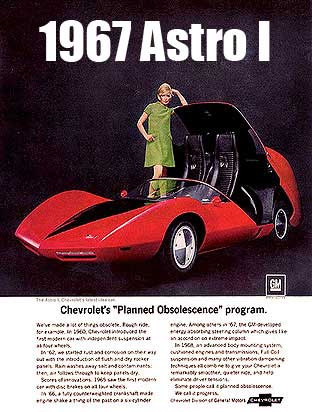
The last chapter of Shinoda’s career began in 1976 when he created Shinoda Design Associates, Inc, with a staff of designers, clay modelers, technicians, engineers, and fabricators. Shinoda’s team worked to help client’s profitability with excellent design that would be appealing to their client’s; trucks, boats, motorcycles, golf equipments, products. Larry’s last Corvette project was the Shinoda/Mears Corvette body kit.
Larry’s older sister Grace had this to say about her famous brother, “Creative people take risks. They see things in new ways that the establishment doesn’t agree with.” She certainly knew her brother very well.
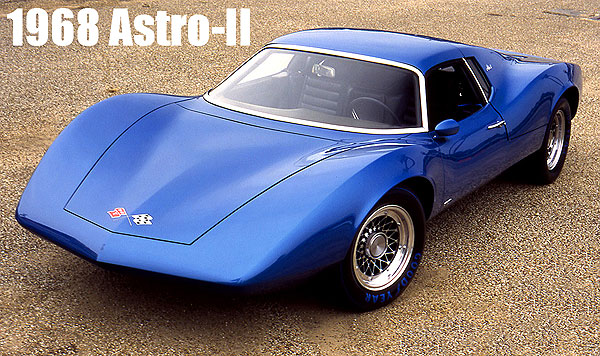
Larry passed on November 13, 1997, but on January 6, 1997 he completed and signed a color rendering of a C5 Corvette Split-Window Coupe with C2-style front and rear fender humps and rear bumper cover. Clearly, Larry wanted to see more “Sting Ray” in the then-new C5. Unfortunately, Larry health issues got in the way and the project never went past the illustration. The following year, Larry was inducted into the National Corvette Museum Hall of Fame. And in 1995 Larry was inducted into the Mustang Club of America’s “Mustang Hall of Fame”. Larry Shinoda was outspoken (often to his own determent), candid, humorous, and firmly believed in whatever he was doing. – Scott


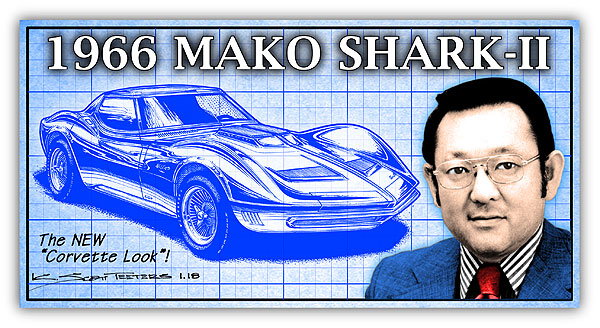
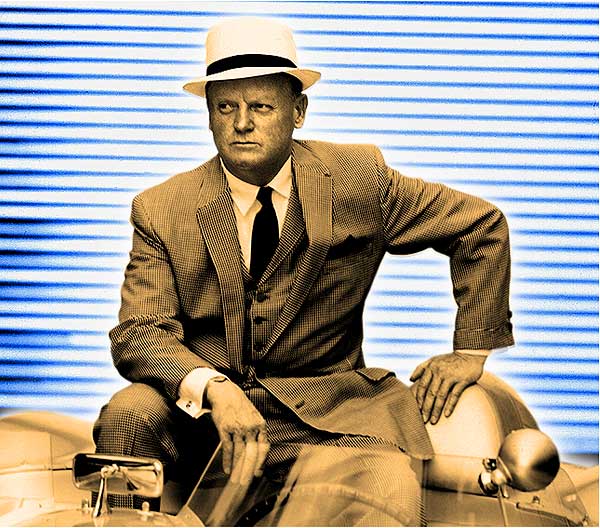
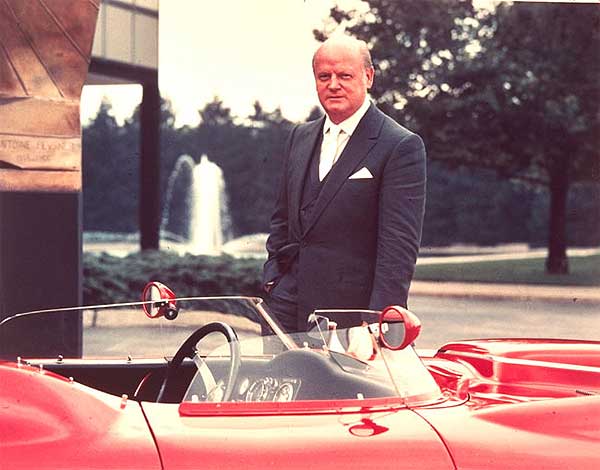
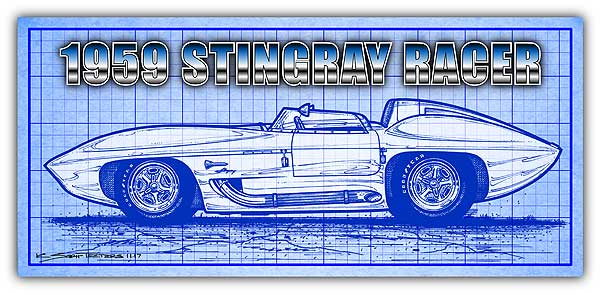
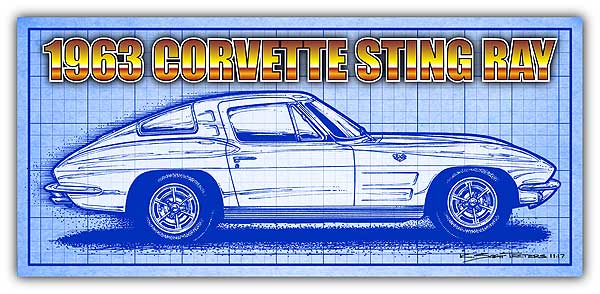
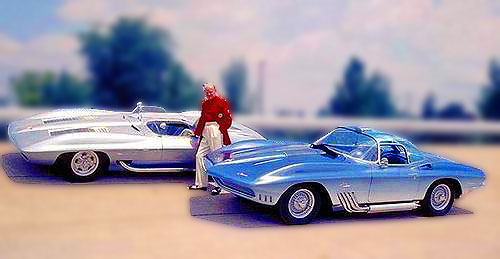
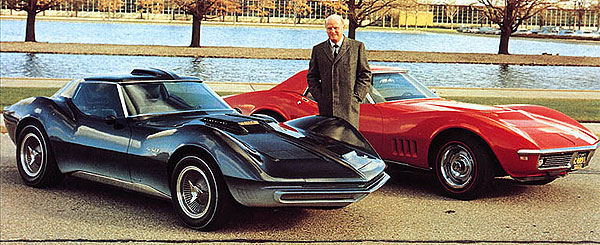
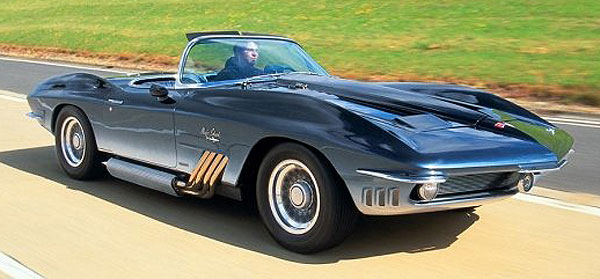
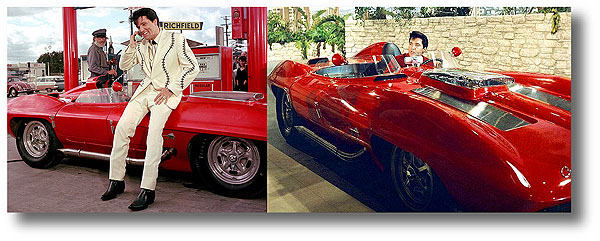
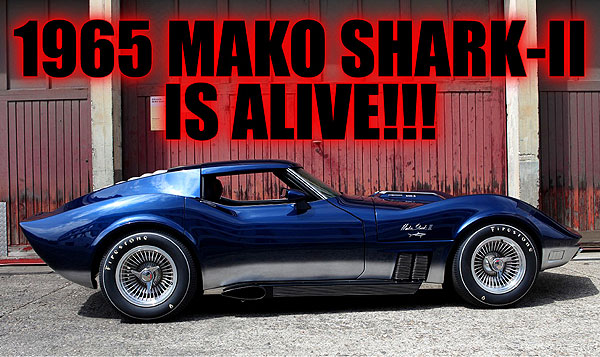
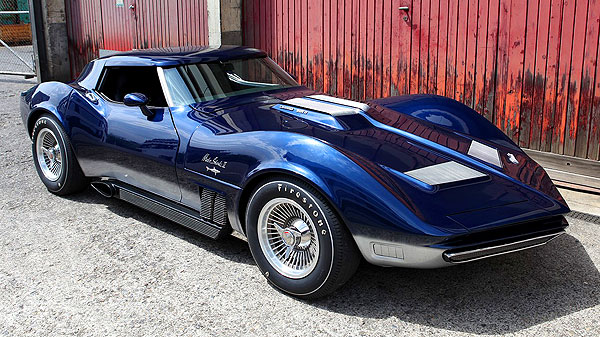
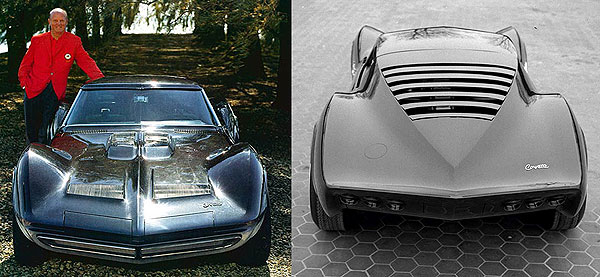
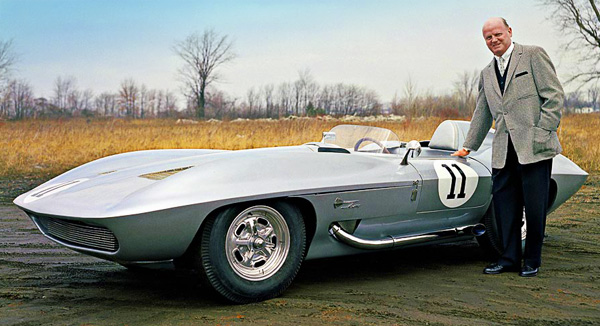
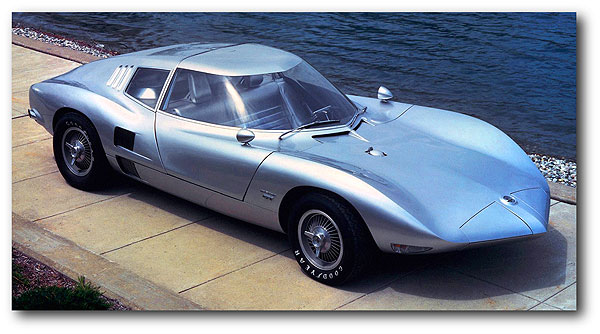
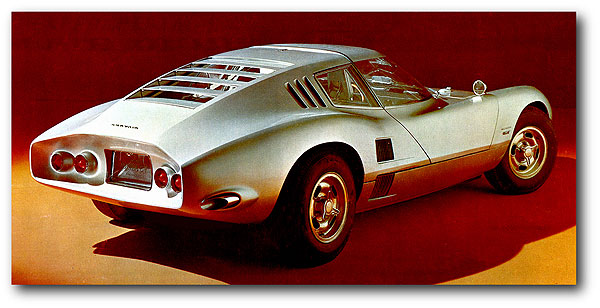
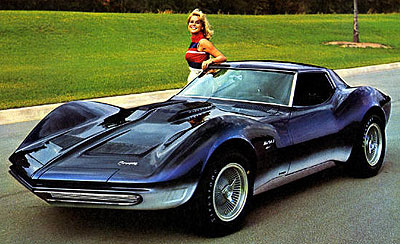 Forty-Nine years ago today, October 5, 1965,
Forty-Nine years ago today, October 5, 1965,